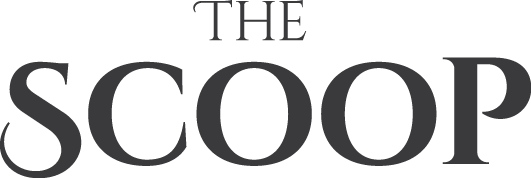KUALA LUMPUR – Malaysia saw an 11 percent increase last year in the number of Bruneians going across the border to seek healthcare services at private medical institutions, according to the Malaysia Healthcare Travel Council (MHTC), which is targeting 25 percent growth from the Brunei market in 2019.
According to data provided by the MHTC, about 2,000 Bruneians went to Malaysia last year to seek medical treatment at non-government healthcare facilities, establishing the sultanate as an important market for medical tourism to the country.
The figures are derived from patients treated at the 79 member hospitals under the council, which include Gleneagles, the Pantai Hospital Kuala Lumpur as well as the country’s National Heart Institute.
MHTC, a government agency under Malaysia’s Ministry of Finance, is responsible for facilitating the growth of the country’s healthcare travel industry to make Malaysia a leading global healthcare destination.
In an interview with Brunei media at the Pullman Hotel in Kuala Lumpur, the council’s CEO Sherene Azli, said while small, Brunei is still an important market they wish to expand “aggressively”, noting a rising awareness and demand for Malaysian healthcare services among Bruneians.

The increase in Bruneian healthcare tourists is significant, she said, attributing it to the council’s collaboration with Darussalam Holdings Sdn Bhd, a travel agency based in the sultanate.
The two parties inked an agreement last year which helps Bruneian patients manage arrangements and accommodation for medical and health treatments in Malaysia.
The most common treatments sought by Bruneian patients include cardiology, oncology, orthopedic, pediatric as well as cosmetic services, said Sherene, with Kuala Lumpur and Kota Kinabalu being Bruneians’ main destinations for medical treatment.
“We want more awareness on the medical services that we have to offer. At the end of the day, we are here to provide options for quality care with affordable prices.”
This year, MHTC is targeting a 25 percent increase in the number of Bruneian healthcare tourists, hoping to introduce some of Malaysia’s niche specialties such as in-vitro fertilisation (IVF) to a wider Bruneian audience.

With Malaysia aiming to position itself as the cardiology and fertility hub of Asia, MHTC said it wants to help address infertility issues, citing the country’s IVF success rate as one of the “highest globally”.
Sherene said Malaysia’s world-class healthcare is still accessible and affordable, because the country’s Ministry of Health strictly regulates the ceiling rates for medical treatments.
“Malaysia is… easily a quarter of what is being charged in Singapore, and almost half when you compare to Thailand — and we are talking about world class hospitals,” she said.
She added that in comparison to the United States, healthcare travelers can save between 60 to 80 percent on treatment in Malaysia, with healthcare providers facilitating end-to-end service from enquiry to treatment.
Through MHTC, registered healthcare travelers are greeted as soon as they arrive in Malaysia, escorted through customs and immigration via a fast-tracked lane. They are then hosted at a dedicated lounge to wait for overland transportation to their designated hospital or accommodation.
“We know what is expected of us, to deliver quality healthcare first and foremost, but quality healthcare with accessibility and affordability,” Sherene said.
Based on statistics provided by MHTC, medical tourism is one of the fastest growing industries in Malaysia, recording a compound annual growth rate of 17 percent between the years 2015 to 2018, overtaking the country’s overall tourism industry which only recorded a 0.1 percent growth.
In 2011, Malaysia attracted 634,000 healthcare travelers, a figure that jumped to 1.2 million in 2018 — growth of 86 percent — achieving close to RM1.5 billion in revenue last year.
MHTC also aims to promote other healthcare services, such as wellness and disease prevention, which include facilities that offer medical and genetic screenings.
One of these facilities include the Professor Muhaya Eye and LASIK Centre (PMELC), which has seen around 300 Bruneian patients since it began operations in May 2014.

Initially only offering the established corneal refractive procedures — Relex-Smile and Femto-Lasik — the centre has expanded its portfolio to include new treatments that address various other eye disease such as glaucoma and cataracts.
The Relex-Smile, which is a laser vision correction procedure, takes just two minutes per eye, and we have had patients who have been wearing glasses for 40 to 50 years, said Consultant Eye Surgeon and Director of PMELC Datuk Professor Dr Che Muhaya Hj Mohamed.
Founder and CEO of the centre, Addaem Chandran, said they receive up to 15 Bruneian patients a month.
“Our goal is to provide people the opportunity for treatment and we cannot do that if our rates are too expensive. Most importantly, when it comes to eye care, prevention is always better than cure.”


